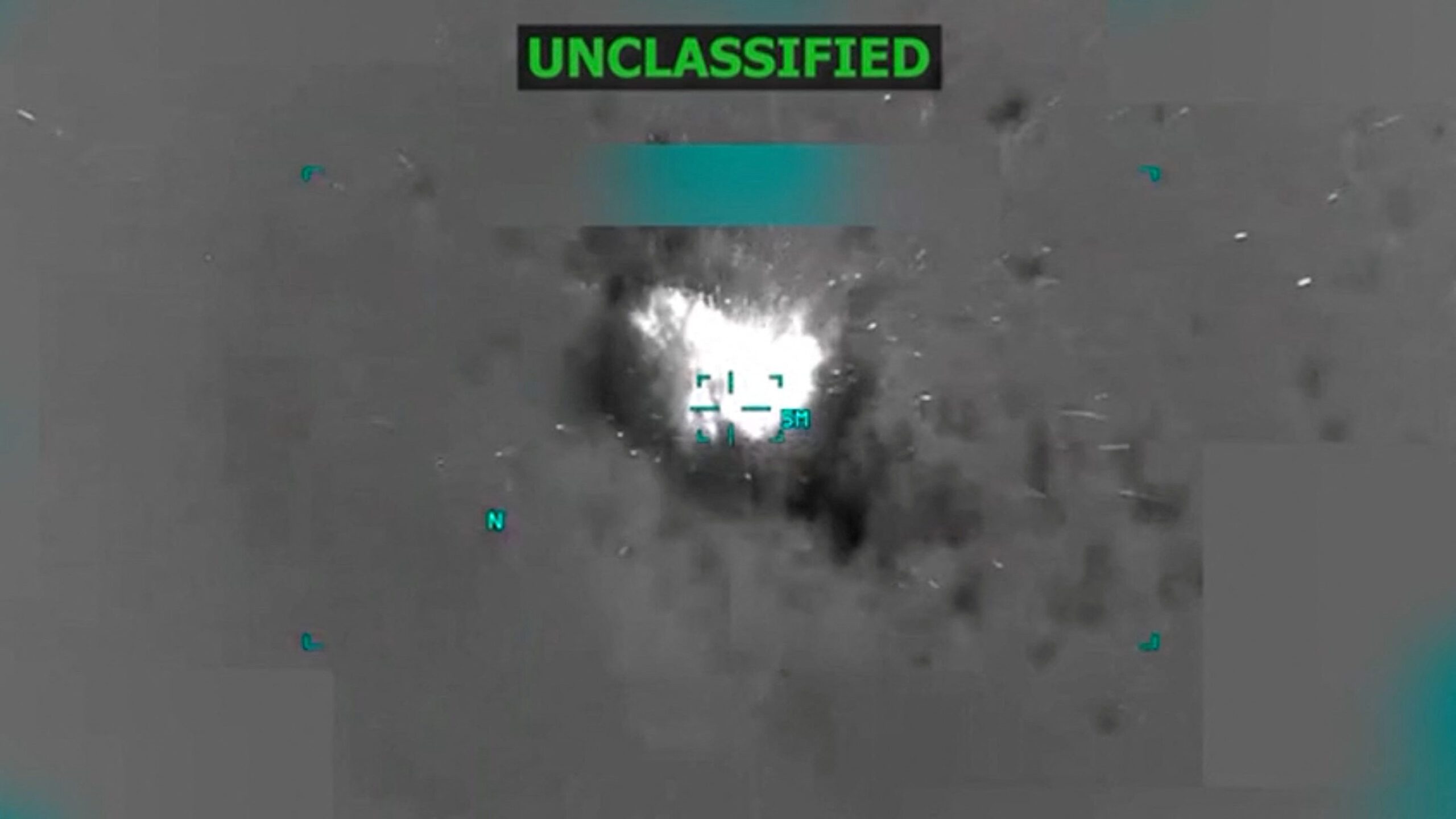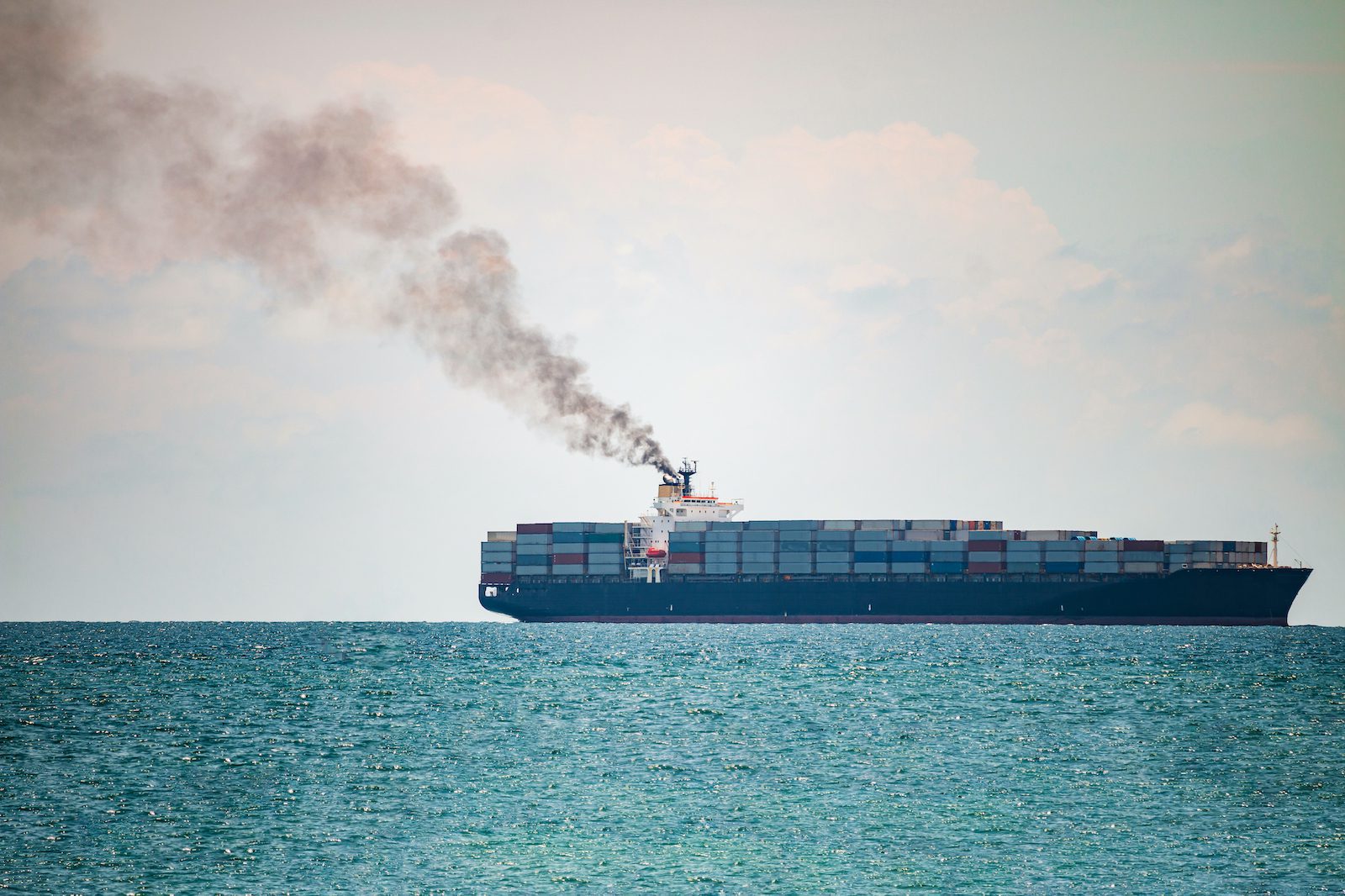
Amid the throngs of maritime professionals from around the world and the huge expanse of the 2012 SMM Hamburg conference, I sat down with the American Bureau of Shipping’s Director of Environmental Programs, Tom Kirk for a chat…
Tom, can you tell me about the environmental side of ABS right now, what are the challenges that you are looking at from a class society standpoint?
One of the big challenges is assisting clients in understanding the impending ballast water code implementation. We have a person whose full-time job is to provide guidance not only to technology providers, but also to shipowners and designers. We’ve developed an advisory that addresses the different technologies being employed and the associated concerns. Companies implementing ballast water systems have found these resources to be extremely valuable.
The entire ballast water management arena continues to be a really interesting space. Extending that to other ways of carrying invasive species, you get into the biofouling issue. As we’ve moved away from tin-based coatings, critters actually cling to the ships again and we have to be more concerned with biofouling.
IMO has developed some recommendations on biofouling, and also New Zealand, California, and the US have come up with their expectations. So when the US implemented the ballast water regulations in June, the documents included a requirement for every vessel trading in the US to have a biofouling management plan too. We’re providing guidance and outreach on what is a biofouling management plan, how owners make sure their vessels are in compliance, and a host of related issues.
What are some of the solutions to that now that they aren’t using tin-based paint? What are the paint companies doing?
There are coatings that offer antifouling characteristics without TBTs, but the biggest thing that is going on is hull cleaning. Vessel owners are looking at how often they clean, where they can clean, and so on. It’s basically good housekeeping. Interestingly, this takes us into another area ABS is focusing on. If you keep your hull clear of critters, you actually reduce the friction of the hull, making your ship trade more efficiently.
The other big focus area, and the reason that I’ve been spending a lot of time traveling recently, is the Ship Energy Efficiency Management Plan that is coming into force on 1 January 2013.
Compliance with the IMO regulations is a condition of trade. Owners are going to have to have a plan, but whether they fully embrace an energy management in the process is left up to them. The stumbling block is that the IMO circular doesn’t have a lot of meat to it and it says the company will determine the extent of its commitment. There are ways to increase the likelihood of achieving tangible results in terms of reducing fuel consumption however, and that is through embracing standards such as the ISO 50001.
ISO 50001 evaluates energy management systems is that right?
Yes. To improve your chances of saving as much fuel as possible, you’re going to adopt a systematic approach. And that’s what the ISO 50001 does. It provides a little bit more meat in terms of an over-arching energy policy, setting the organizations goals and describing where things have to be documented.
You set your baseline, establish targets and monitor progress, and if you don’t meet the targets, you make corrections. It becomes equivalent and very much aligned with the quality standard ISO 9000 and with the environmental standard ISO 14000.
So it’s not new, and it’s voluntary. Many wonder why a company would bother to do it.
In fact, there are several good reasons. The first is that ISO 50001 provides greater transparency and facilitates greater communication to the energy stakeholders in the operation. Also, companies certified to ISO 50001 demonstrate their commitment to their corporate responsibility and a sustainable environment. So it’s one of those, You don’t have to do it, but if you want to embrace energy management and potentially lower fuel costs, you should look at it as a good opportunity.
If you adopt ISO 50001, not only are you maximizing your contribution to the bottom line, but you have that other added benefit of demonstrating social responsibility.
Any other areas that ABS is busy working on currently?
Another key area that the team is focused on is LNG as a fuel. We have resources dedicated to this key issue similar to those of ballast water management. In addition, our technology group has a number of projects ongoing to expand our support to owners and operators.
This goes along the road of reducing sulfur emissions. LNG is obviously one solution, but the other is scrubbers. We have an advisory coming out in the fourth quarter similar to what we did on ballast water, describing the available technologies and the potential concerns.
It is important to keep in mind class’ role in these type environmental issues. We are not actively involved with the technology used to reduce the emissions or to minimize invasive species, but we’re very much concerned with the implementation and impact of those technologies on the safe operation of the vessel. That’s where we place ourselves.
Tell me about yourself Tom, how did you end up at ABS? How long have you been there?
I’ve been with ABS for 30 years and started out in our New York office in the Plan Approval group. Since then I’ve spent time in New Orleans, Hong Kong, South Korea, London and Abu Dhabi.
In 1998 I moved to Houston, where I worked until 2009, when I was transferred to China to take on the role of Vice President of Engineering for the region. I had another assignment in Korea before moving back to ABS’ headquarters in Houston to assume the role of Director of Environmental Programs.
In the Environmental Programs group, we are looking across the energy efficiency and regulatory landscape and filling the gap between the impending regulations and what technology is available. One of our key objectives is to advise owners and yards as to upcoming expectations. We also determine where ABS research dollars should go to make sure we have the tools in place to verify compliance.
Wow. That’s an incredible career you’ve had so far.
(Laughing) So far.
Why ABS? I’m sure you’ve had countless opportunities to explore other career options over the years.
It’s funny. When I got the offer to join ABS, it was surprising because it was a company that I could see myself joining after being at sea for 10 years, but I didn’t know I was qualified at that point.
They kept it very interesting for me. I have to say that a lot of it is attributed to the company and the way they have employed me. It’s a mission-driven organization. It hasn’t been sitting behind one desk for 30 years, it’s been the 13th physical moves for me, and I’ve met a lot of great people from the maritime industry from all over the world. Being here in Hamburg this week [for SMM], I’ve run into people I met while I was working in the Gulf from the late 1980s, and it’s fun to catch up.
Any words of advice to young engineers who might be looking to have a career such as yours? What’s been the key to your success?
Flexibility! Not trying to say, “Where is it that I need to be next?” but keeping your options open to see where the opportunities are. Some of these opportunities don’t come up if you say, “Well, this isn’t a good year for me to move.” So I have to say flexibility is foremost. Another critical thing is to understand is that the shipping industry is bigger than the US. And ABS does that very well.
We are a global company with representation throughout the world. I have good friends whom I’ve met during my career across the globe. My advice to any young engineers if you strive for quality in all of your deliverables and enjoy your work, the rest seems to take care of itself.

 Join The Club
Join The Club












